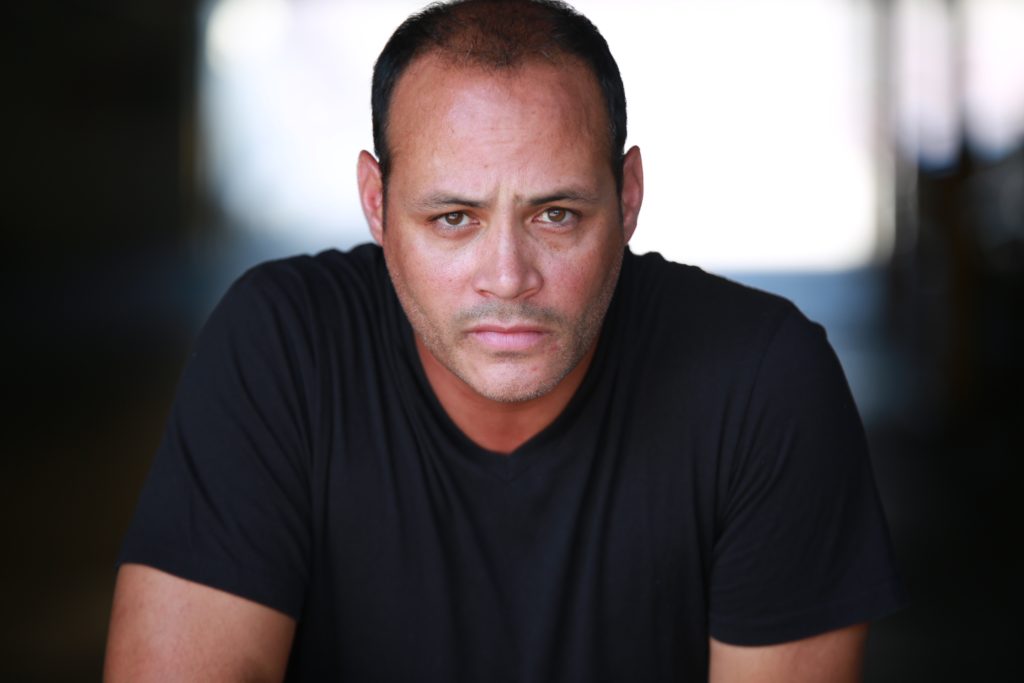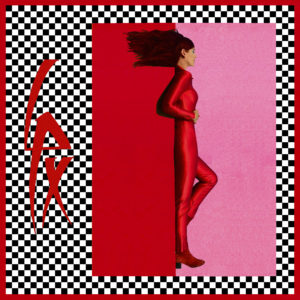 Artist: LPX
Artist: LPX
Album: “Bolt in the Blue”
Reason We’re Cranking It: The electro-pop progression of the EP is like a punk rock party with dancing. You’re walking a “Tightrope” at the start and then bowing down to the “Red Queen” by the end.
What The EP Tells Us About Her: The solo project of Ms Mr’s Lizzy Plapinger has legs that stretch beyond the duo’s existing fan base. The eclectic mix of tracks on “Bolt in the Blue” should appeal to listeners who have yet to find themselves already enamored by the London-born singer/songwriter. It’s artistic diversifying at its best.
Track Stuck On Repeat: “Tremble” builds into a fist-pumping anthem, delivering on a chorus that picks you up when you’re down, just as Plapinger reflects in the lyrics of the song.
Coming To A City Near You: Check back for LPX tour dates here.
And that means…



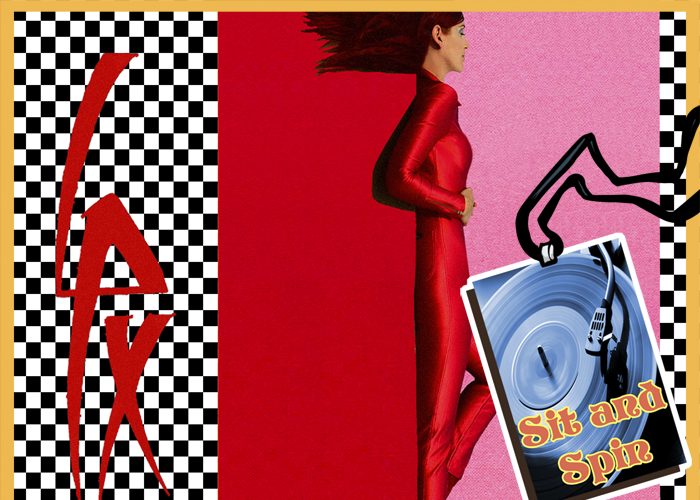
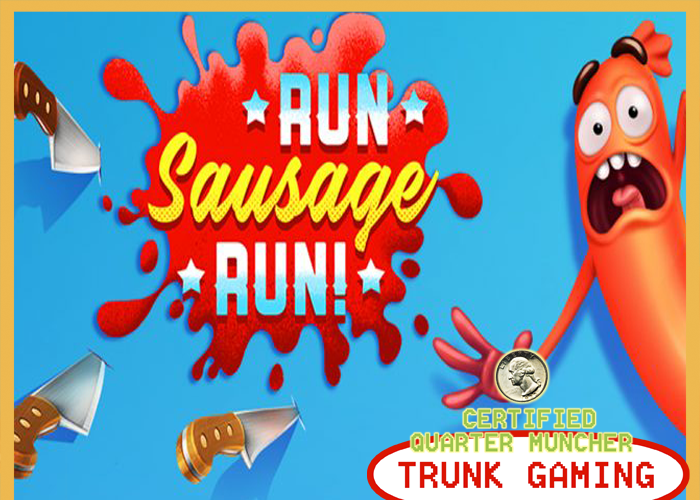
 Game Title: Run Sausage Run!
Game Title: Run Sausage Run!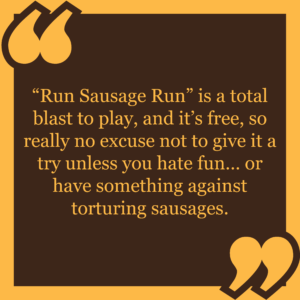
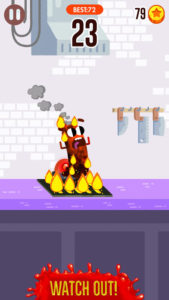
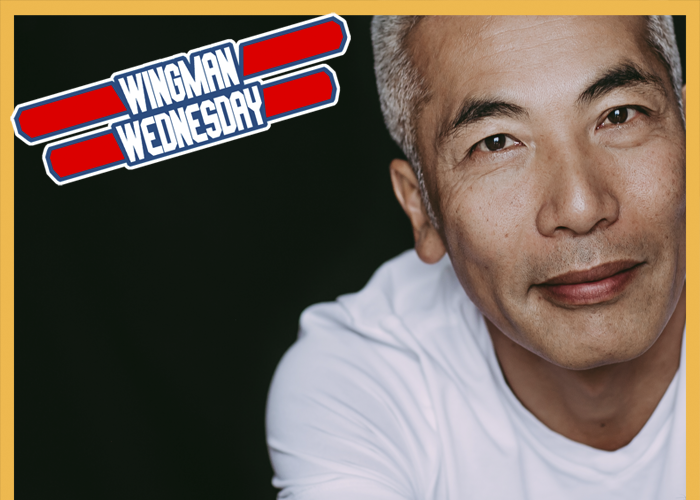

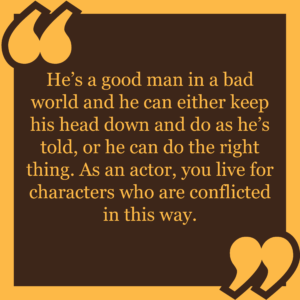
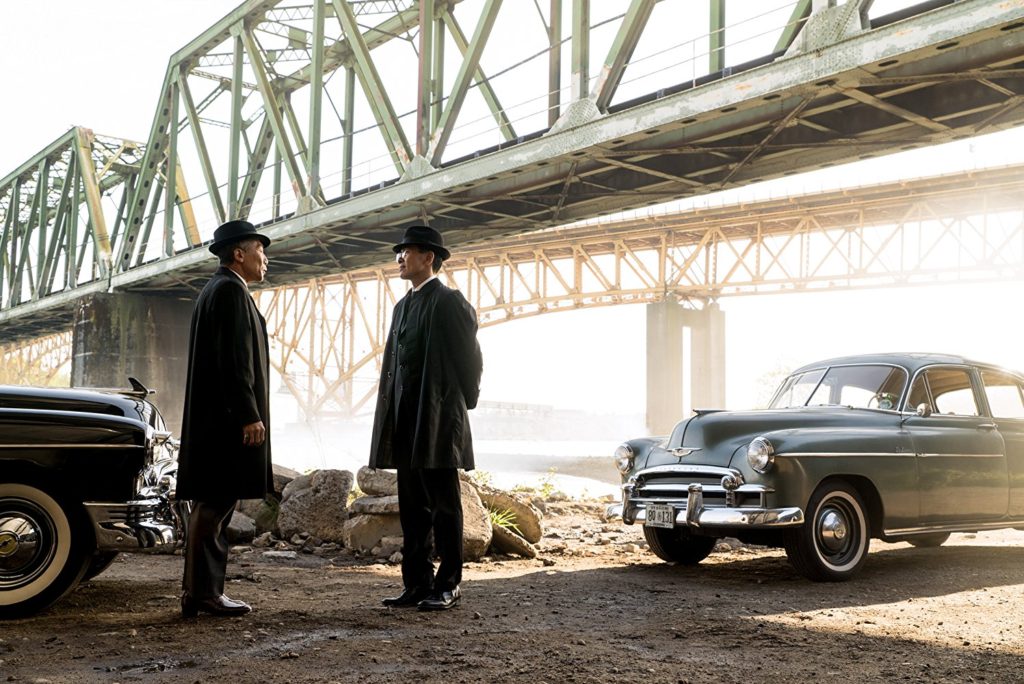
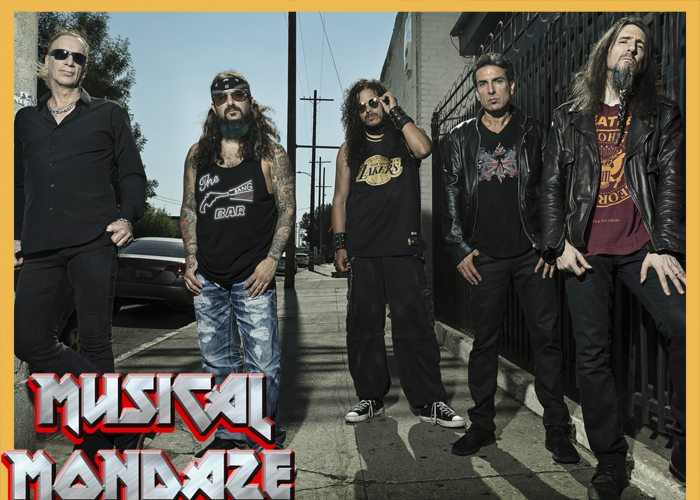
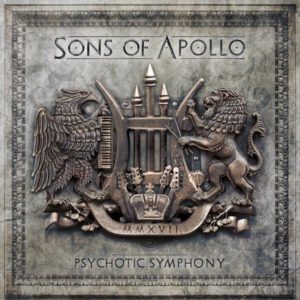 In our current spoiler alert society, there aren’t very many surprises left. For guitarist Ron “Bumblefoot” Thal, 2017 brought about one very big eureka moment – the mainstream success of his latest project, the progressive rock band Sons of Apollo.
In our current spoiler alert society, there aren’t very many surprises left. For guitarist Ron “Bumblefoot” Thal, 2017 brought about one very big eureka moment – the mainstream success of his latest project, the progressive rock band Sons of Apollo.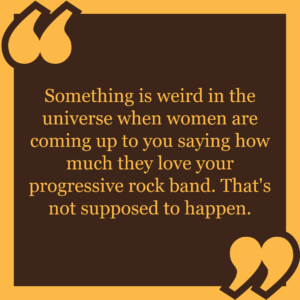
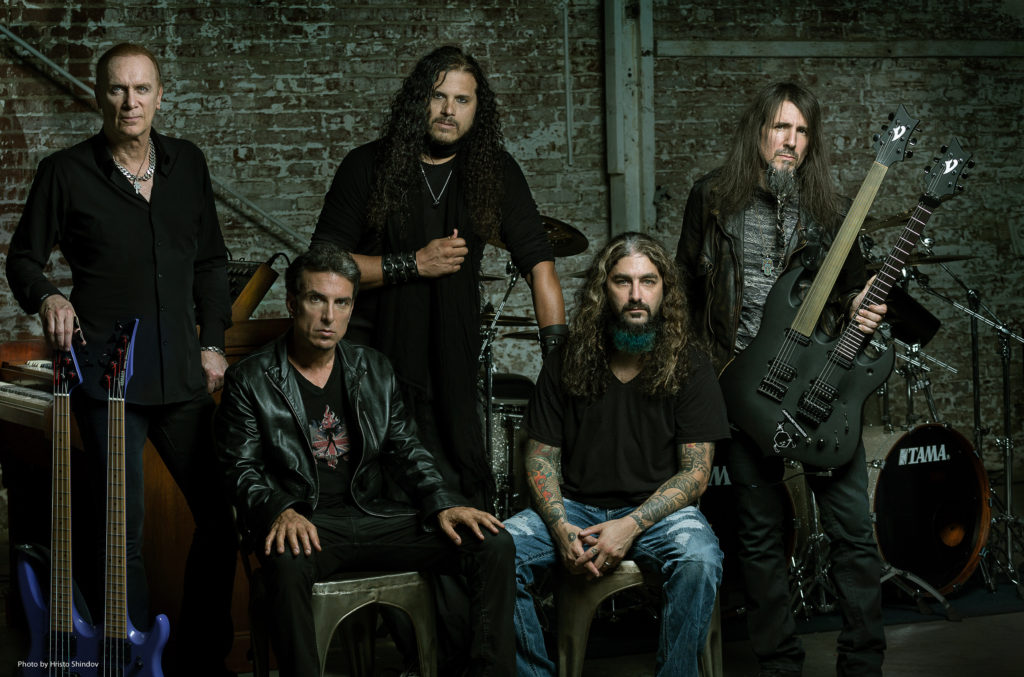
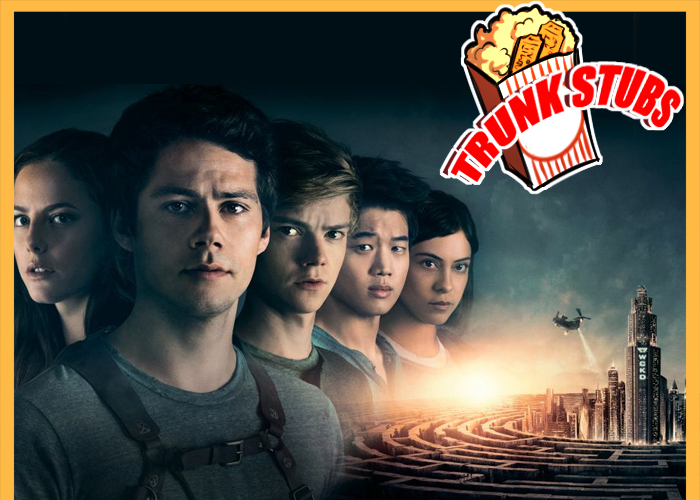
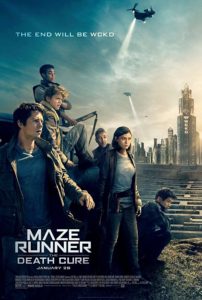 Movie: Maze Runner: The Death Cure
Movie: Maze Runner: The Death Cure

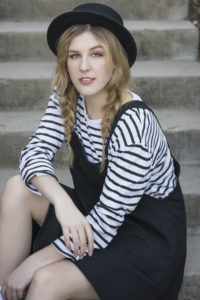

 TrunkSpace: You’ve worked with some great producers/collaborators over the course of your career thus far. What do you enjoy most about seeing a creatively living and breathing thing like a song come to life in a collaborative atmosphere?
TrunkSpace: You’ve worked with some great producers/collaborators over the course of your career thus far. What do you enjoy most about seeing a creatively living and breathing thing like a song come to life in a collaborative atmosphere?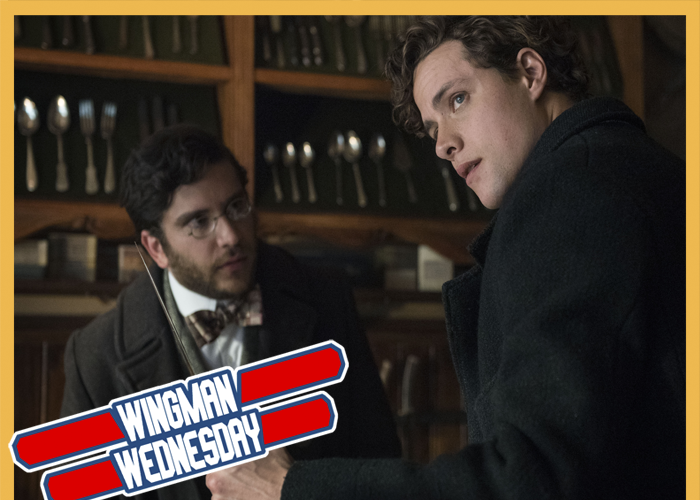
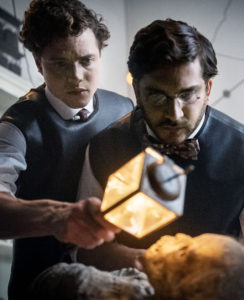

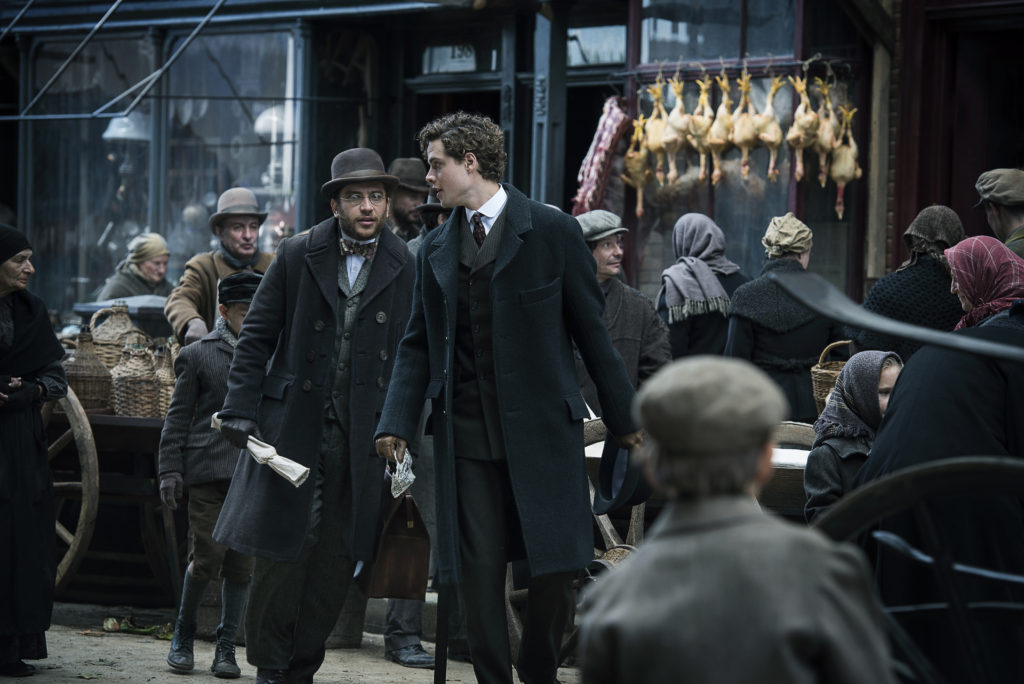
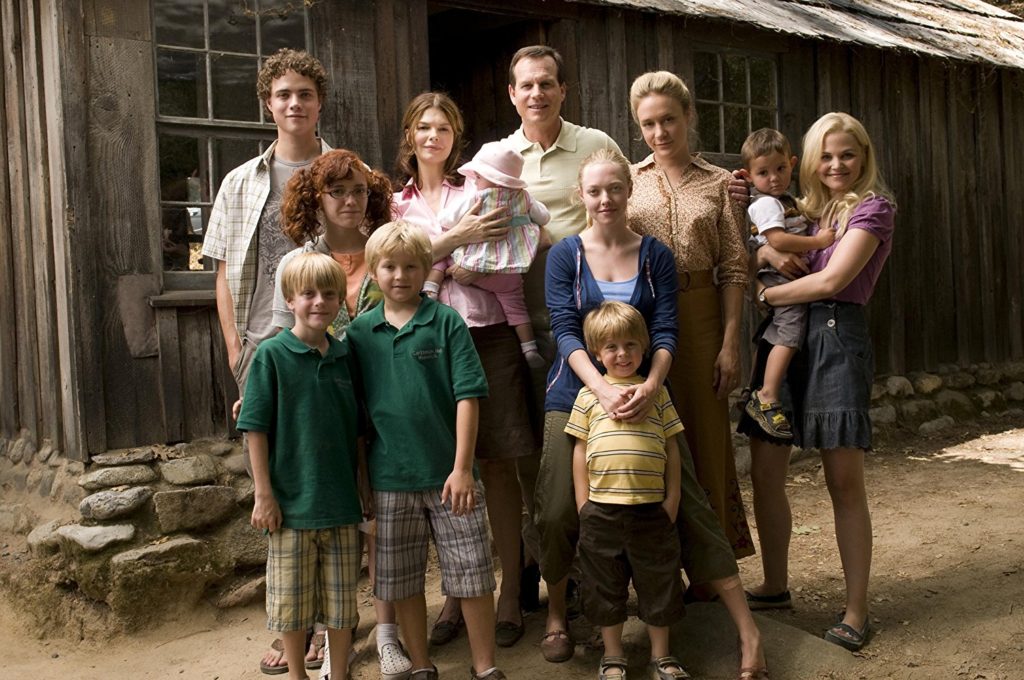
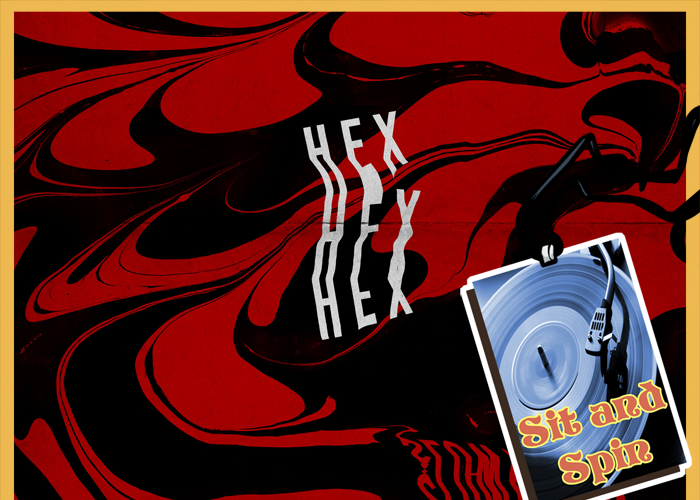
 Artist: Slow Bloom
Artist: Slow Bloom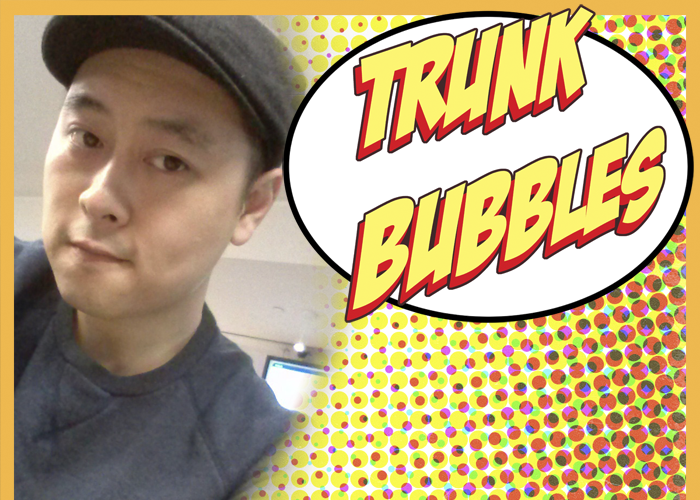
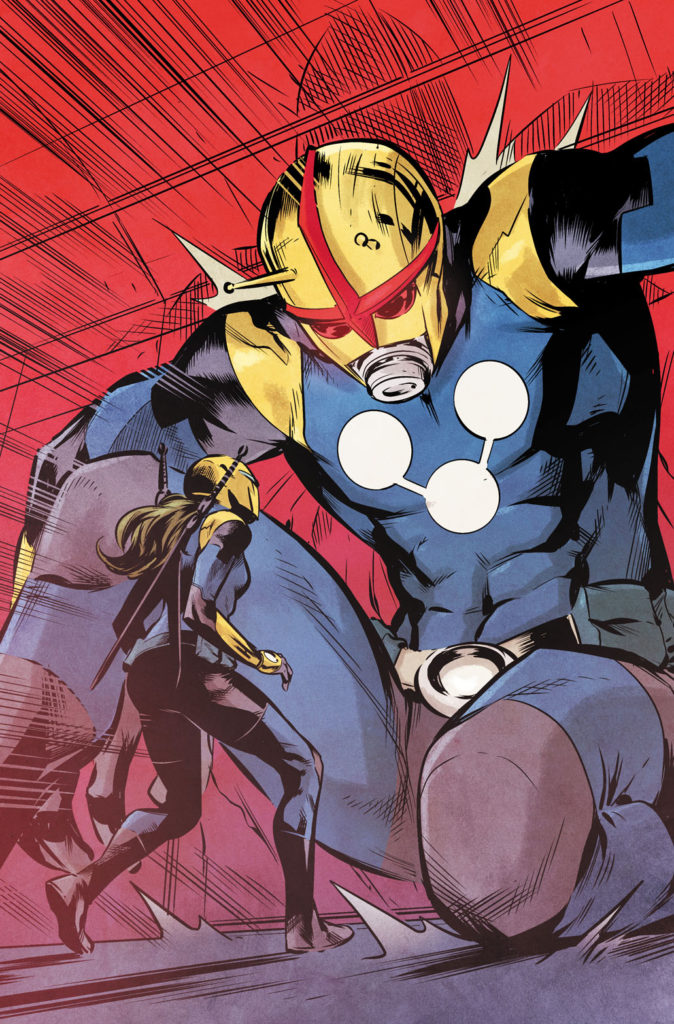 Name: Marcus To
Name: Marcus To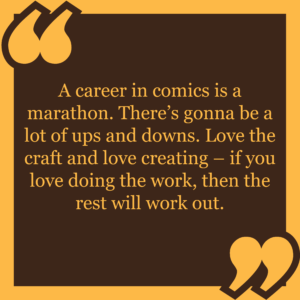
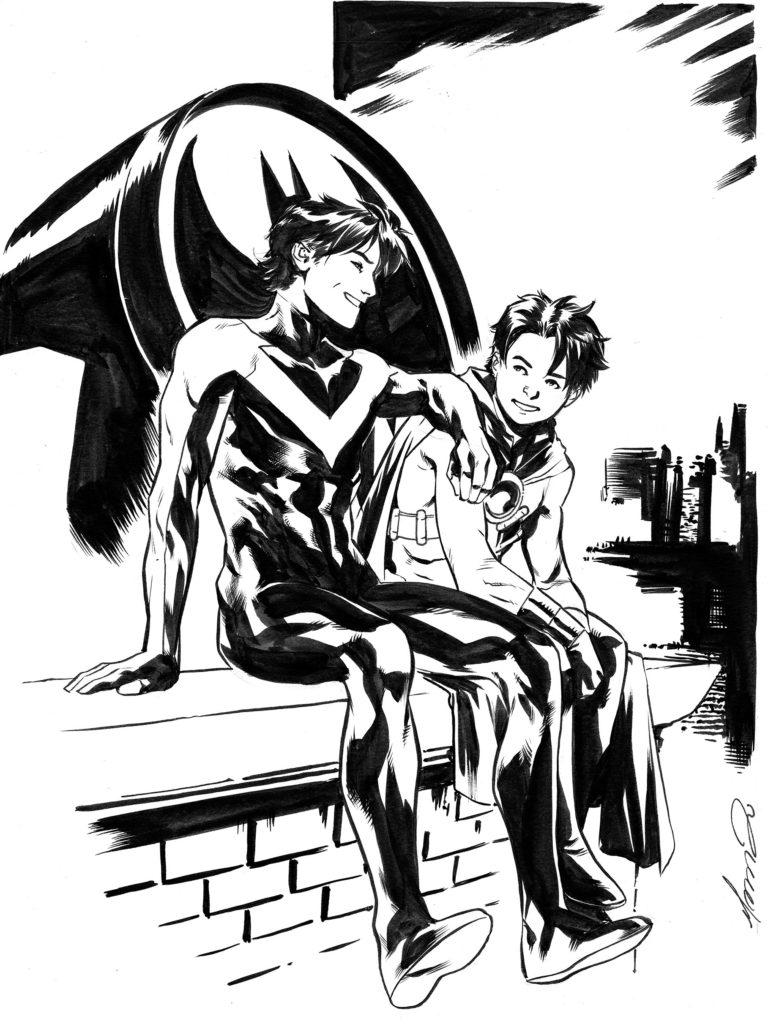 TrunkSpace: What would you say is the greatest strength as an artist?
TrunkSpace: What would you say is the greatest strength as an artist?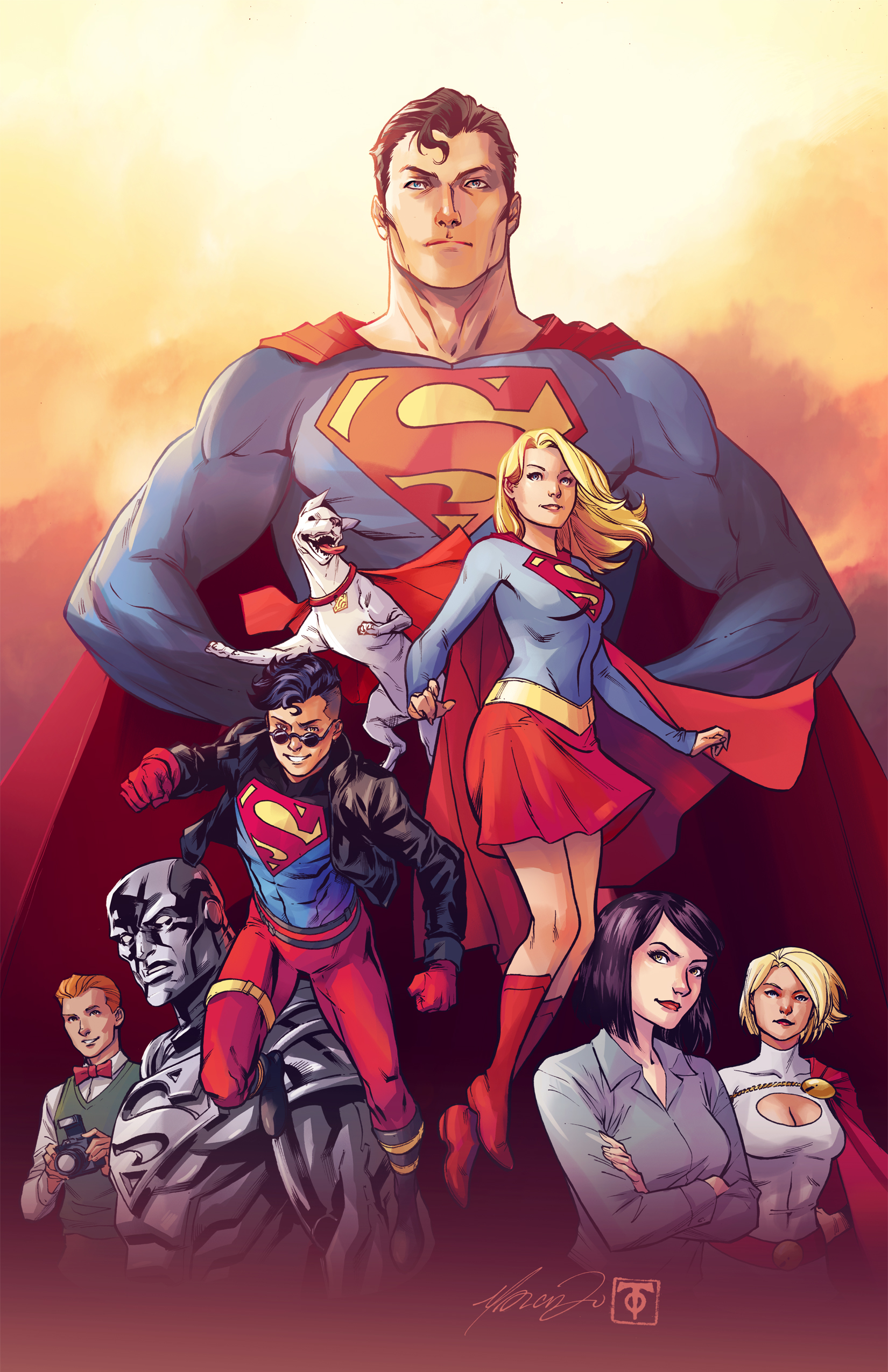
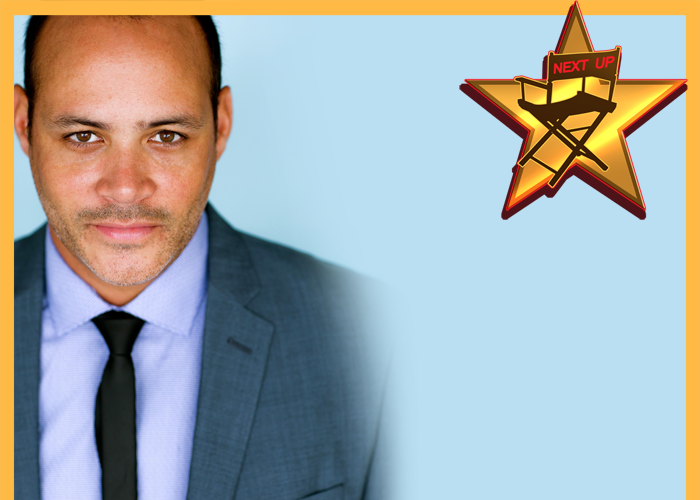
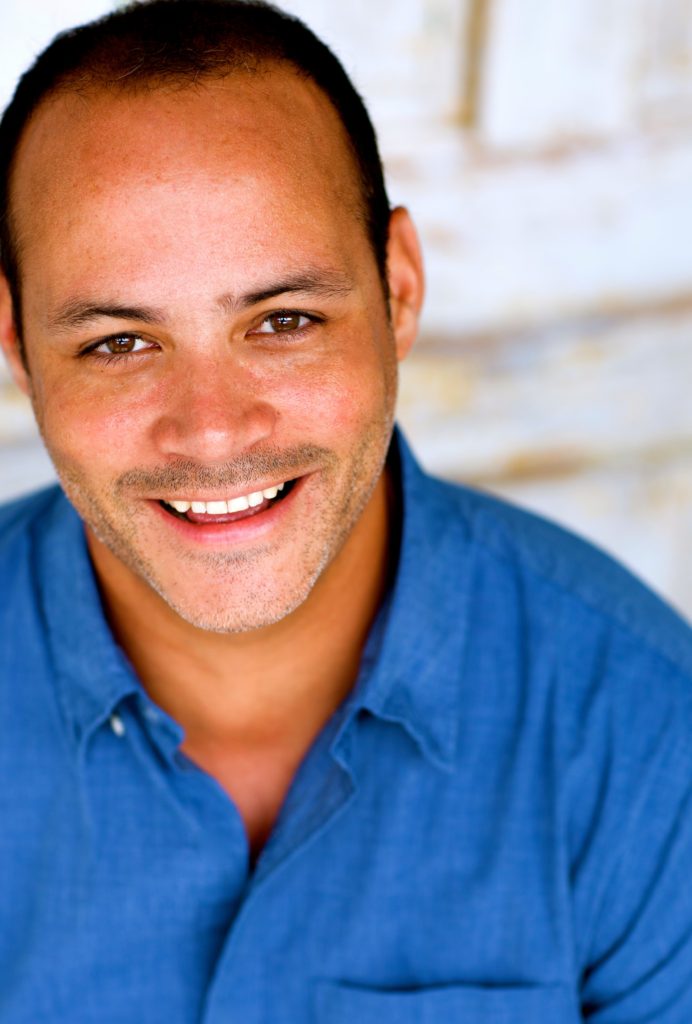 Name: Marlon Correa
Name: Marlon Correa
